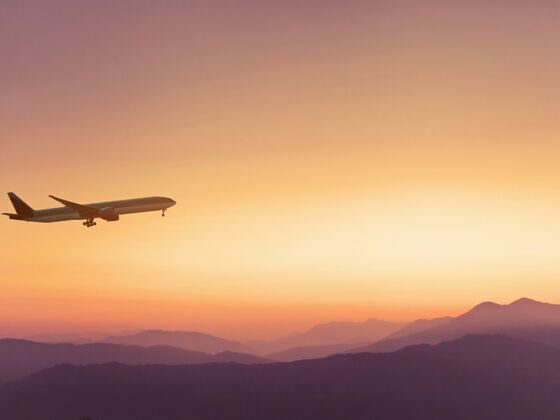FLYING IS OFTEN the best option to get where we want to go. It’s quick, it’s cheap, and—depending on the airport—it can be easy. But we might not be aware that it comes with a tremendous environmental price tag.
According to environmental scientist and alternative fuel specialist, Dr. Mike Anfinson, “As far as measuring our own carbon footprint goes, it [flying] is the single-most detrimental choice we can make as travelers.”
That’s something not all of us realize. When you’re on one continent in the morning and another continent by the afternoon, there’s not so much time to think of what all those sky miles mean. “It’s a modern luxury that is too often taken for granted,” adds Dr. Anfinson.
